Strength and Conditioning
Strength training, Conditioning and Measuring performance
Strength and Conditioning programmes are an integral part of physical therapy and are often the most vital factor in boosting performance, recovery from an injury or surgery and optimising the body to prevent injuries.
It is therefore quite a broad topic because there are a lot of aims that it helps to achieve and there are a lot of body parts that can be strengthened and conditioned. In terms of injuries, strength and conditioning can work as a solution to preventing repetitive strain injuries and minimising the damage caused by some acute injuries.
S & C programmes are understandably useful for a wide range of uses but what's the point of improving something if you can't measure that improvement, performance measuring is therefore equally as important as the S & C programmes themselves. Assessing progress can also be useful for identifying factors that could be affecting the impact of the S & C programme.
If you're an athlete, it's probably a good idea to get a Strength and Conditioning Coach because they will be able to properly help you to achieve your aims and they know exactly what needs to be done.
Products that can be used for Strength and Conditioning
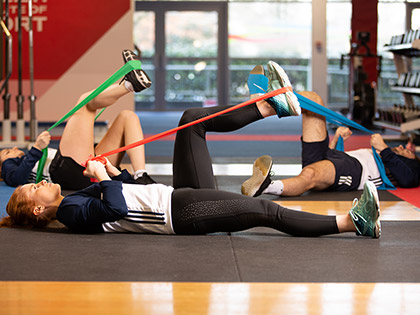
Resistance Bands
Resistance Bands are very useful tools, they are used for resistance training which is the most effective way of improving your strength.
Traditional resistance training such as using weights and dumbells is only really effective for muscle mass so they are good for muscle building but not as effective for muscle strengthening.
If you want to find out why then please read our Resistance bands exercises guide which uses a few studies to break down why resistance bands are far better if your aim is strength.
Resistance bands can be used to strengthen your legs, shoulders, knees, arms and wrist so they are a good solution to a wide range of strengthening exercises.
They can also be used for improving the range of motion. In a study relevant to strengthening and conditioning, it was found that "The use of elastic bands may offer the strength and conditioning coach an opportunity to exploit a range of mechanisms that cannot be provided through traditional resistance training." [1]
The same study highlighted a distinction in the benefits gained between novice and professional athletes with novice athletes benefitting more from the motor control and mobility benefits whereas professionals would benefit more in terms of force exertion.
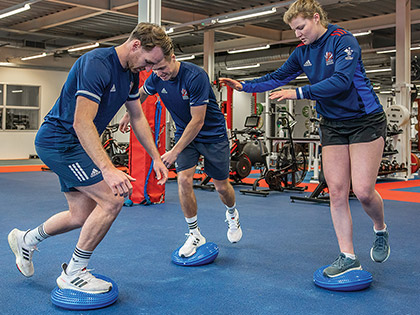
Balance pads and wobble boards
Balance pads and wobble boards are more for proprioception training than strength but this counts as conditioning because balance and supporting your own bodyweight efficiently are important considerations when you're trying to optimise the body for better performance.
They can however help with improving your strength, they are really good for core strength and therefore help boost your general fitness level.
There are so many different exercises you can do with balance pads and wobble boards that will make you more agile and improve your reaction time.
A study on the effect of proprioception training on table tennis players found that "upper extremity proprioception training can help to improve the reaction time" [2]

Ankle weights and wrist weights
These are becoming increasingly common as a means for athletes to strengthen key parts of the body like the wrist and ankles.
Most sports are really demanding on the wrists and ankles and you are very likely to pick up an injury in these two joints because of the tendons, ligaments and muscles involved.
Ankle and wrist weights are usually worn during training because the idea is to increase the weight on these areas while doing something physically demanding so the best time to do this would be in preparation for a match.
Products that can be used or measuring performance and progress
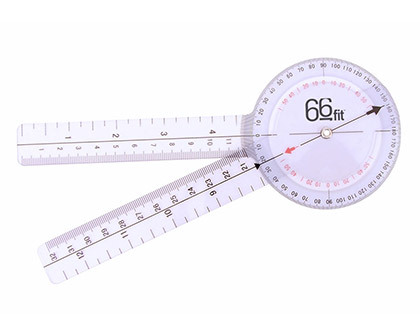
Goniometer
A goniometer is a tool used for measuring the range of motion of a particular joint. It is therefore used mainly on things like the elbow or leg where the range of motion can easily be measured this way.
There are different ways of assessing the range of motion of the shoulder, which is usually done in a less scientific way and is judged more on how far they can reach while touching their back for example.
It is important that the goniometer is used when the patient comes in for their initial assessment so that progress can be properly measured
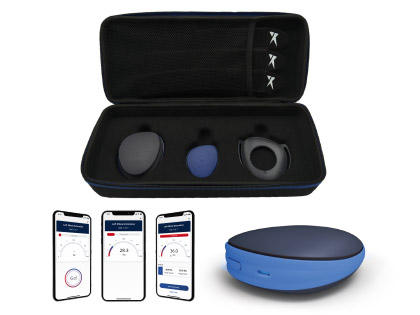
Activforce 2 - Digital Dynamometer
Activforce 2 is the ultimate strength and range of motion testing tool, typically dynamometers are used very widely for measuring grip strength but the Activforce 2 is an innovative approach to this technology.
It can be used on the legs, ankles, arms and hands. The mobile app integration makes it easier to read measurements, keep track of them and refer to them later on. It also makes it a lot easier for data compilation and analysis.
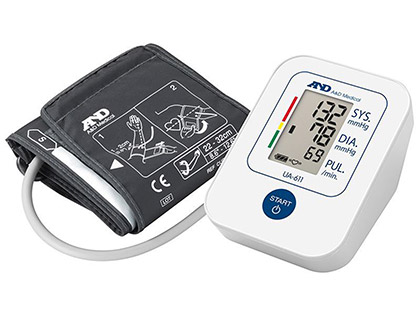
Scales and Blood Pressure monitors
If your patient or client is doing strengthening and conditioning to help recover from an operation or if they are overweight then it's always a good idea to keep an eye on their general health so that you can assess the impact that the S & C programme is having on their wellbeing.
If it's having a negative impact then it's always best to be aware of this and measure how much of an impact it is having on their health.
Muscle is a lot denser than fat and therefore weighs more so muscle strengthening usually leads to some weight gain and it's important to assess how much weight has been gained.
You don't necessarily need to make use of these tools to strengthen, the back for example won't benefit from form most strengthening tools so you have to resort to strengthening exercises, for a guide on what exercises you can do, please take a look at our Back Strengthening Exercises for a demonstration of 5 exercises that will help strengthen your back.
Sources and References
[1] Bokil, C., Bisen, R. and Kalra, K., 2020. Effectiveness of upper extremity proprioceptive training on reaction time in table tennis players. training, 5, p.7.
[2] Wilson, J. and Kritz, M., 2014. Practical guidelines and considerations for the use of elastic bands in strength and conditioning. Strength & Conditioning Journal, 36(5), pp.1-9
Here are some videos with more information on the Activforce 2.
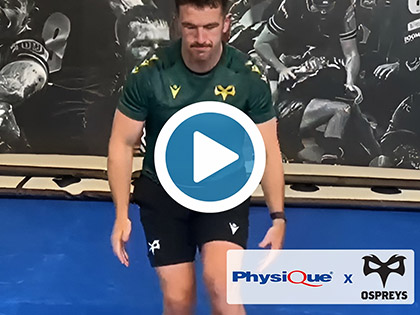


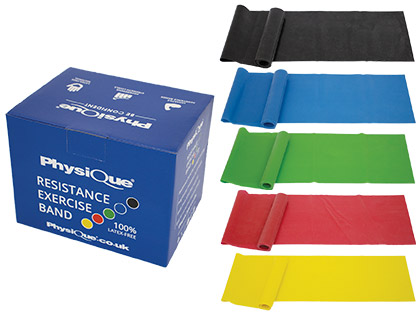


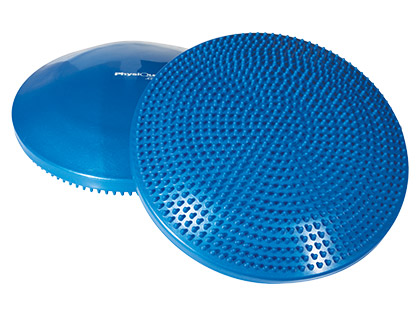
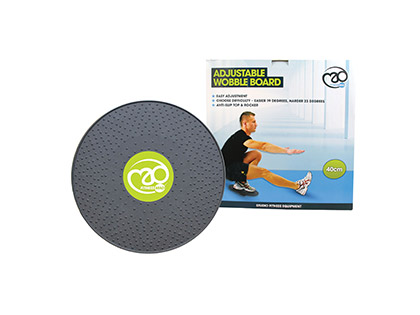

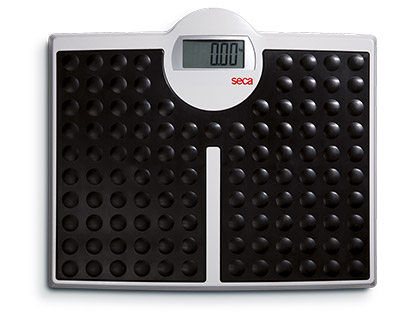

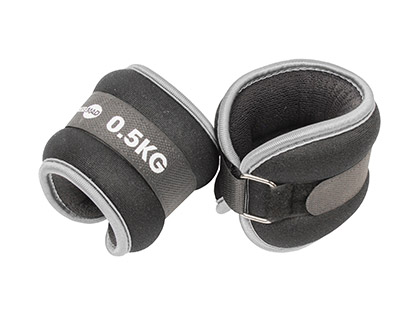
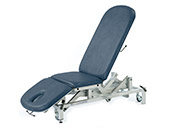
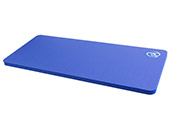

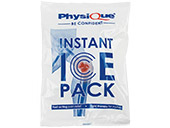

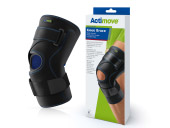
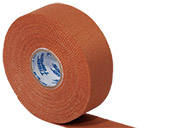
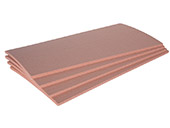
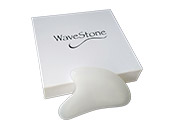
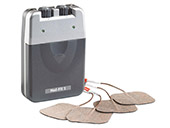

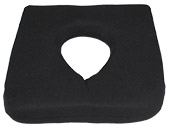
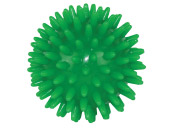
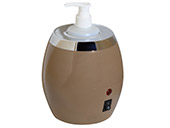
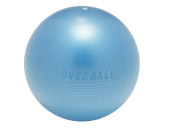

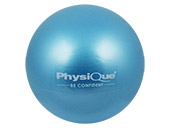
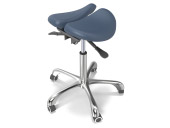
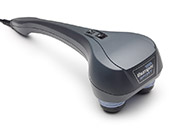
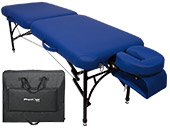
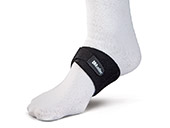

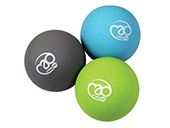
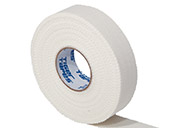
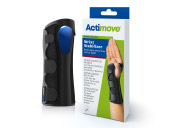

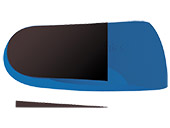
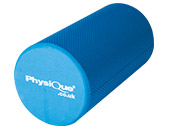
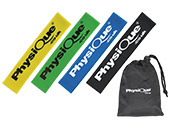
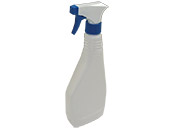
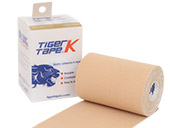
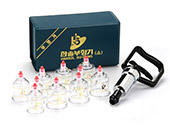
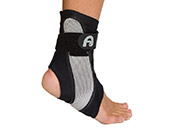
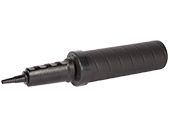


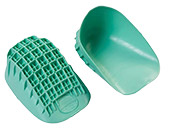

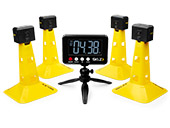
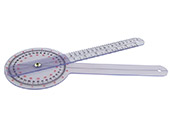
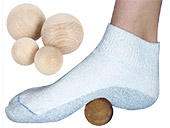
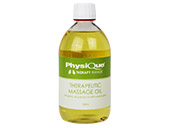
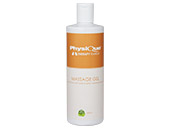
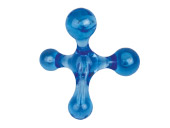
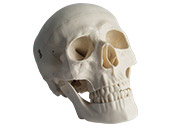

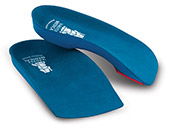
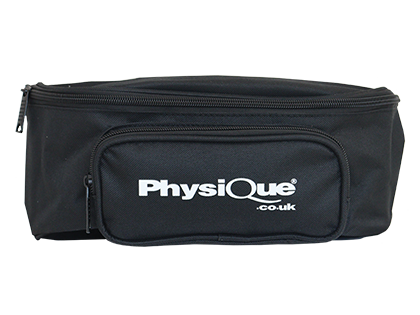
Did you find this article useful?
Why not share this with a colleague, patient or friend?